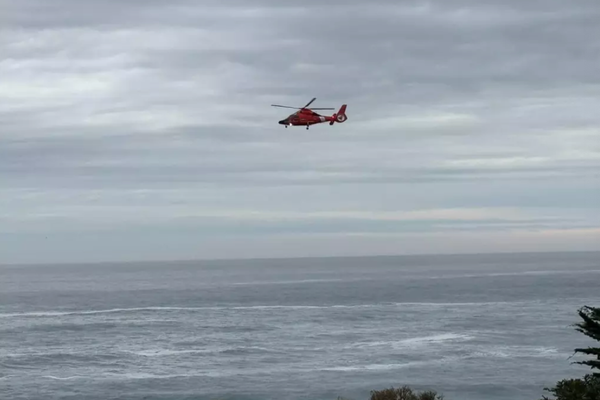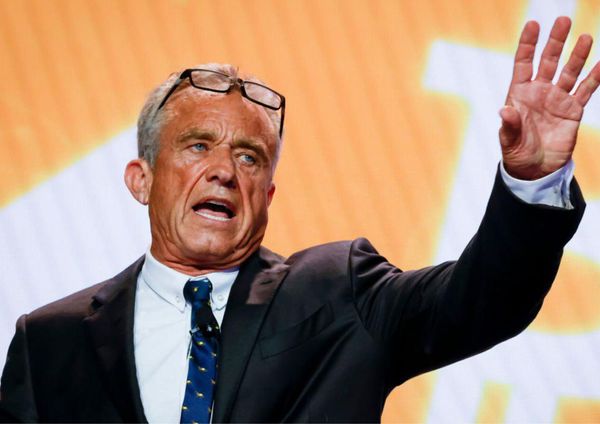No one saw the return of forced induction in the motorcycle industry before Kawasaki went full Kawasaki and launched the Ninja H2. Even then, there was no response from other manufacturers, who let the H2R keep the throne as the most bonkers production motorcycle. But, throughout the last year, that's all changed between Honda's all-electric blower featured in the V3R and Yamaha's E-Turbo patent.
Now, KTM's joined the mix with a new patent that slots in perfectly between all three aforementioned designs, and could lead the forced induction movement going forward.
The KTM patent shows an electronically assisted mechanical supercharger, sitting perfectly between the H2 and all-electric V3R. The supercharger is mechanically driven by the bike's crankshaft; however, there's a small electrically-operated clutch that decouples the supercharger from the crankshaft, in which case an electric motor spools the supercharger. The electric motor would take over to allow instant power from the supercharger when the engine's RPM is too low to naturally allow it.
The decoupler opens and closes depending on what will give the engine the best performance. However, there's a third position that allows the supercharger to be spooled from both the electric motor and mechanically via the crankshaft whenever that provides the best performance. When the electric motor isn't powering the supercharger or is being used minimally, it can be used as a generator for the battery, and that's partly where it should pull ahead of Honda's all-electric blower.

The electric blower on Honda's V3R electric compressor offers instant torque but requires more battery power and, as a result, bigger, heavier batteries. Since KTM's supercharger design is only partially electrically assisted and can be used as a generator for its battery, it can run using a much smaller battery, which cuts down its overall weight.
The only platform that looks like a threat to KTM's latest tech is Yamaha's E-Turbo, which uses an electric motor to pre-spin the turbo, effectively killing lag before letting the pressure built up by the exhaust take over, like a traditional turbocharger. The technology behind Yamaha's E-Turbo is already in use and can be found in some high-end cars, like those from Mercedes-AMG and Porsche.
The patent appears to show the supercharger fitted to a single-cylinder enduro bike, but KTM's supercharger design can be fairly easily fitted to any of the brand's engines; its lightweight nature will particularly suit KTM's lower-capacity engines, helping them produce more power while producing less emissions—the ever-growing problem in motorcycling, as EU emission standards continue to get stricter.
So, riders will still benefit from all the regular features of a supercharger, like a more efficient, powerful engine that produces lower emissions than non-supercharged engines of similar performance, but have instant low-end response thanks to its electric motor, giving it the edge over engine-driven superchargers. What do you think—which of the four designs will come out on top as these designs, hopefully, make their way onto production models?








